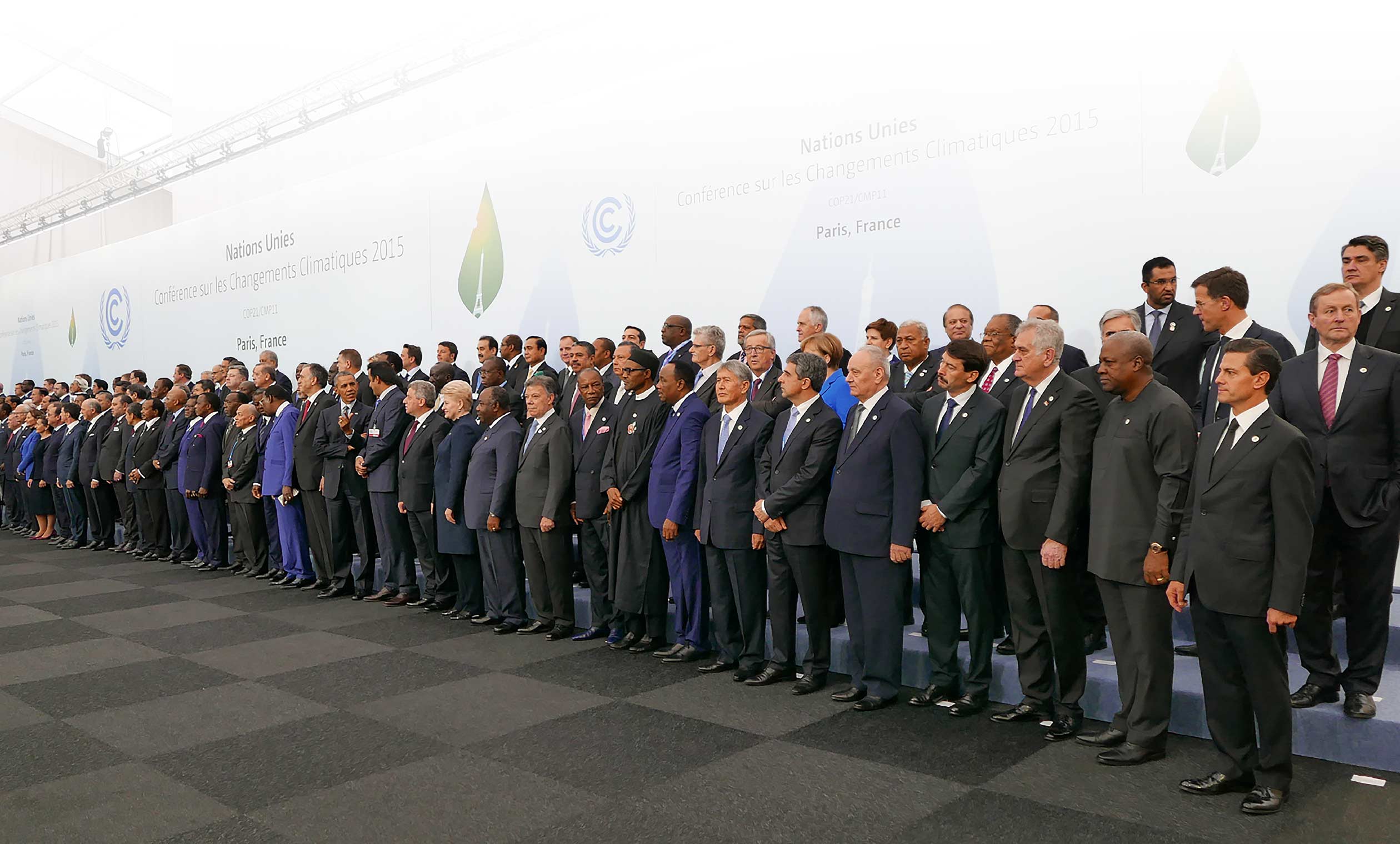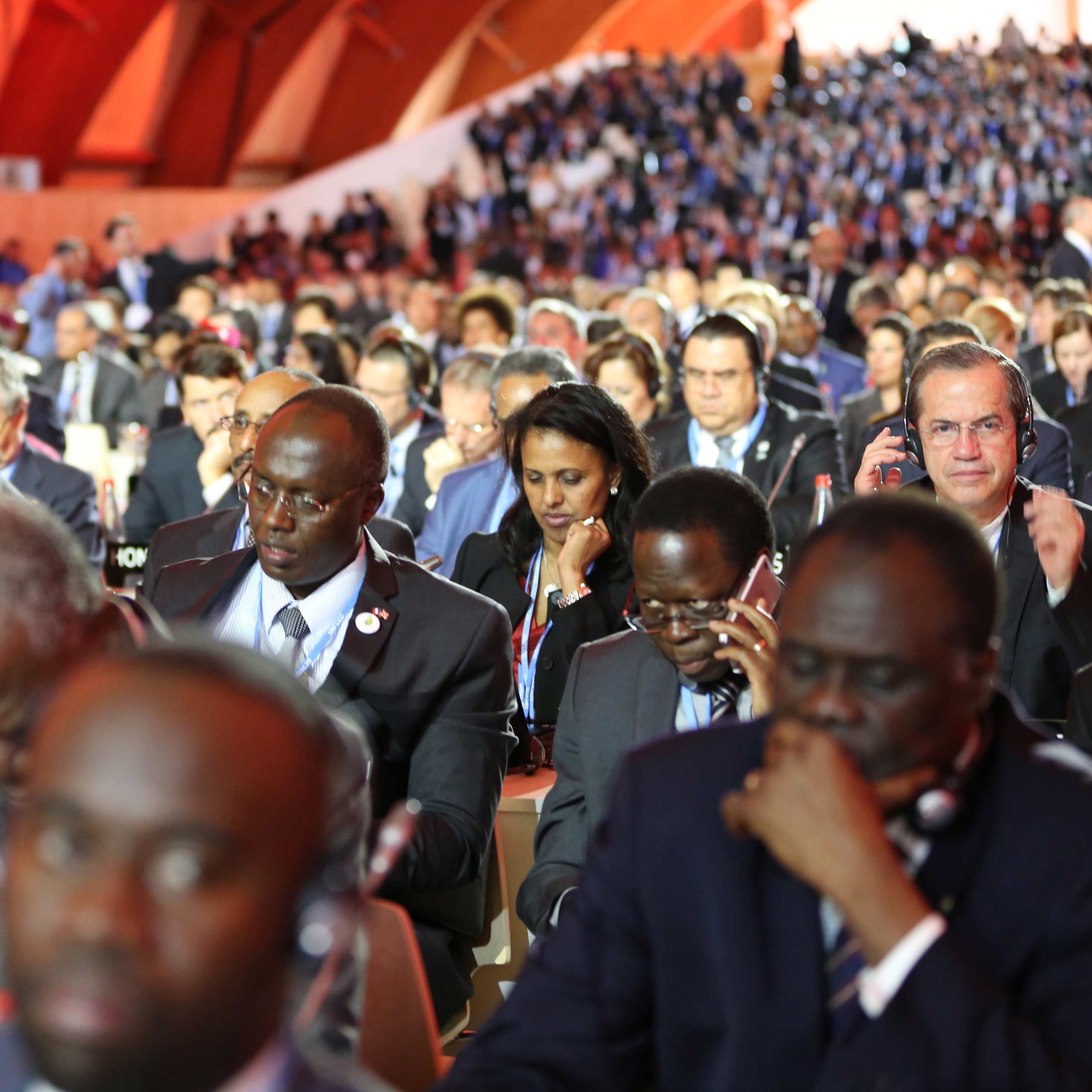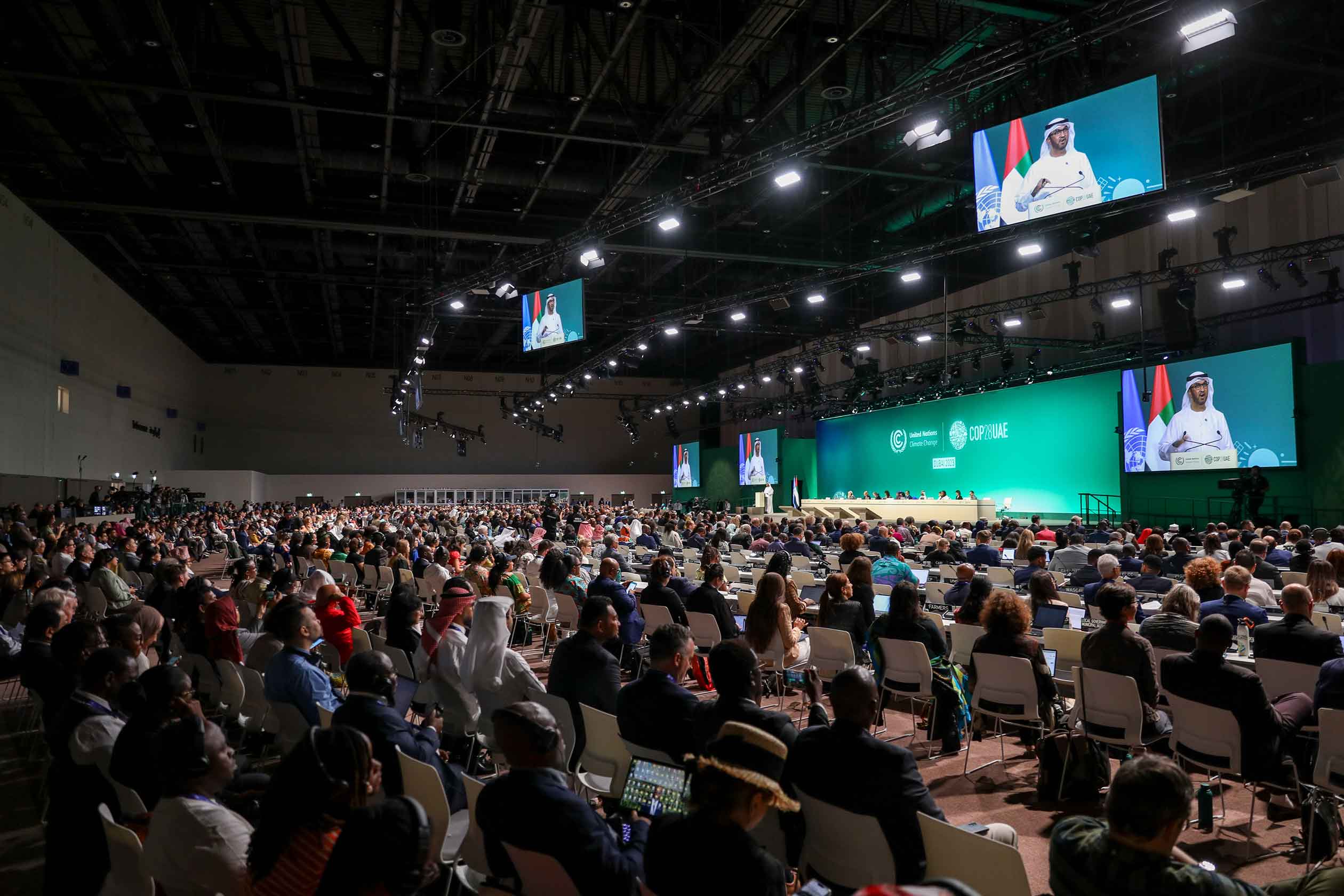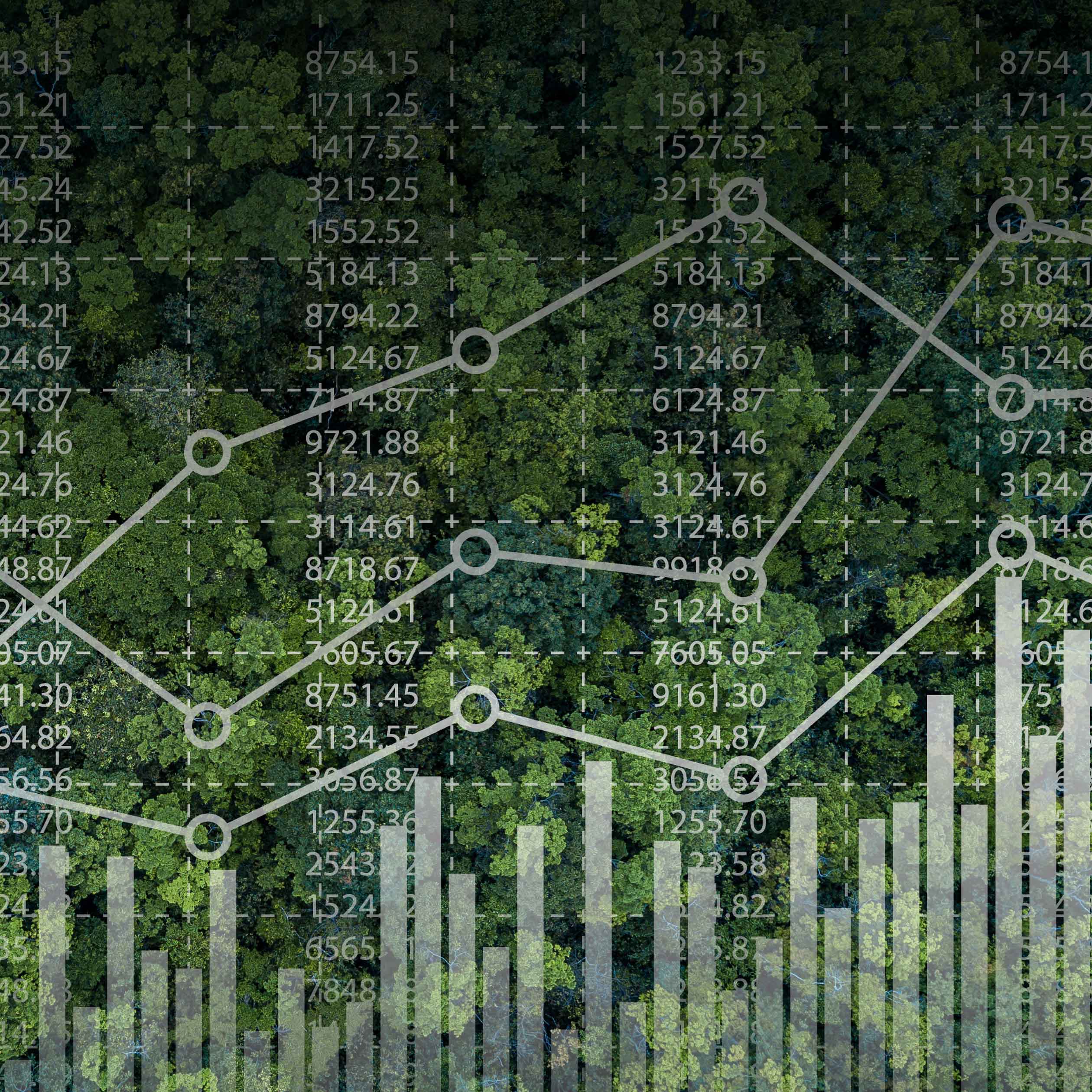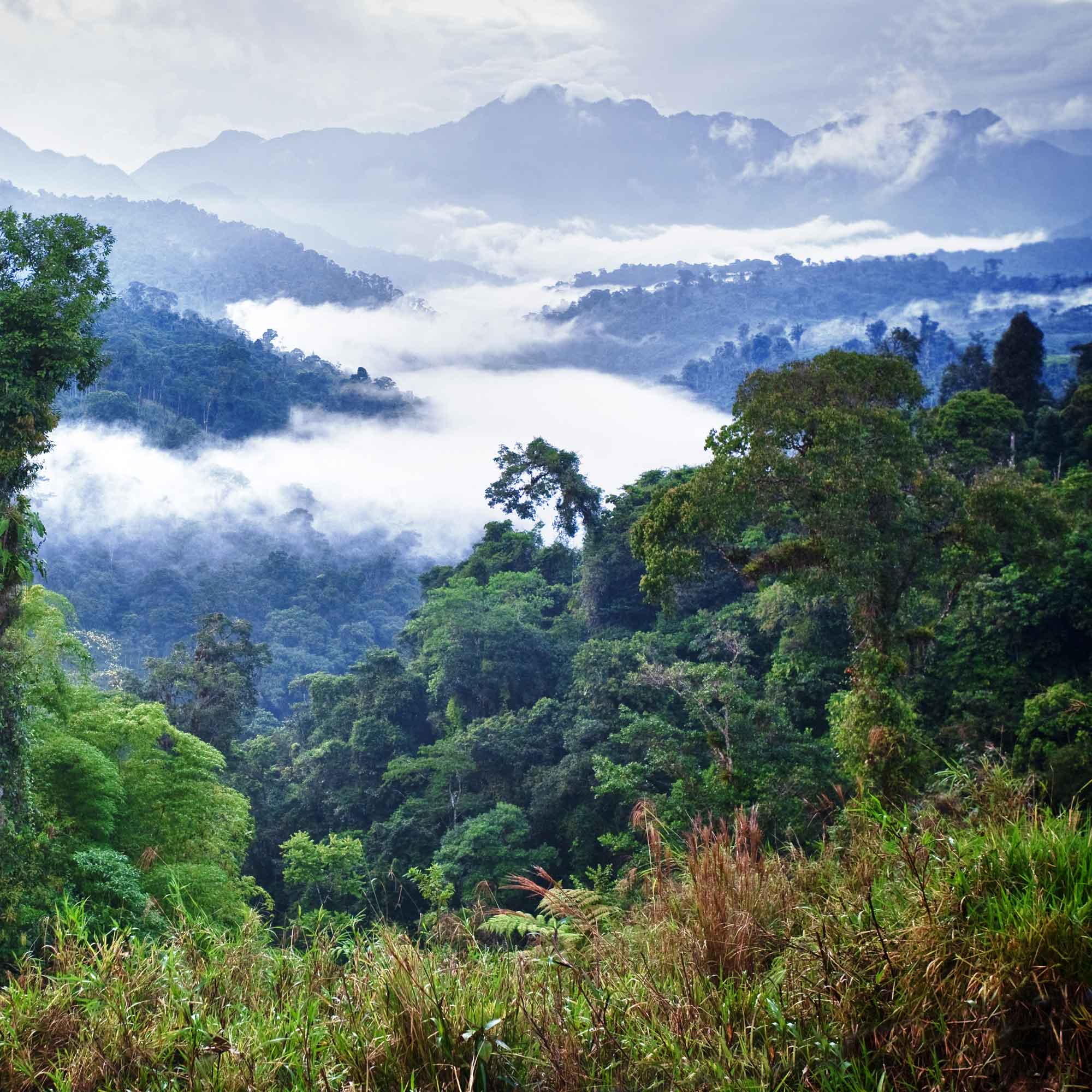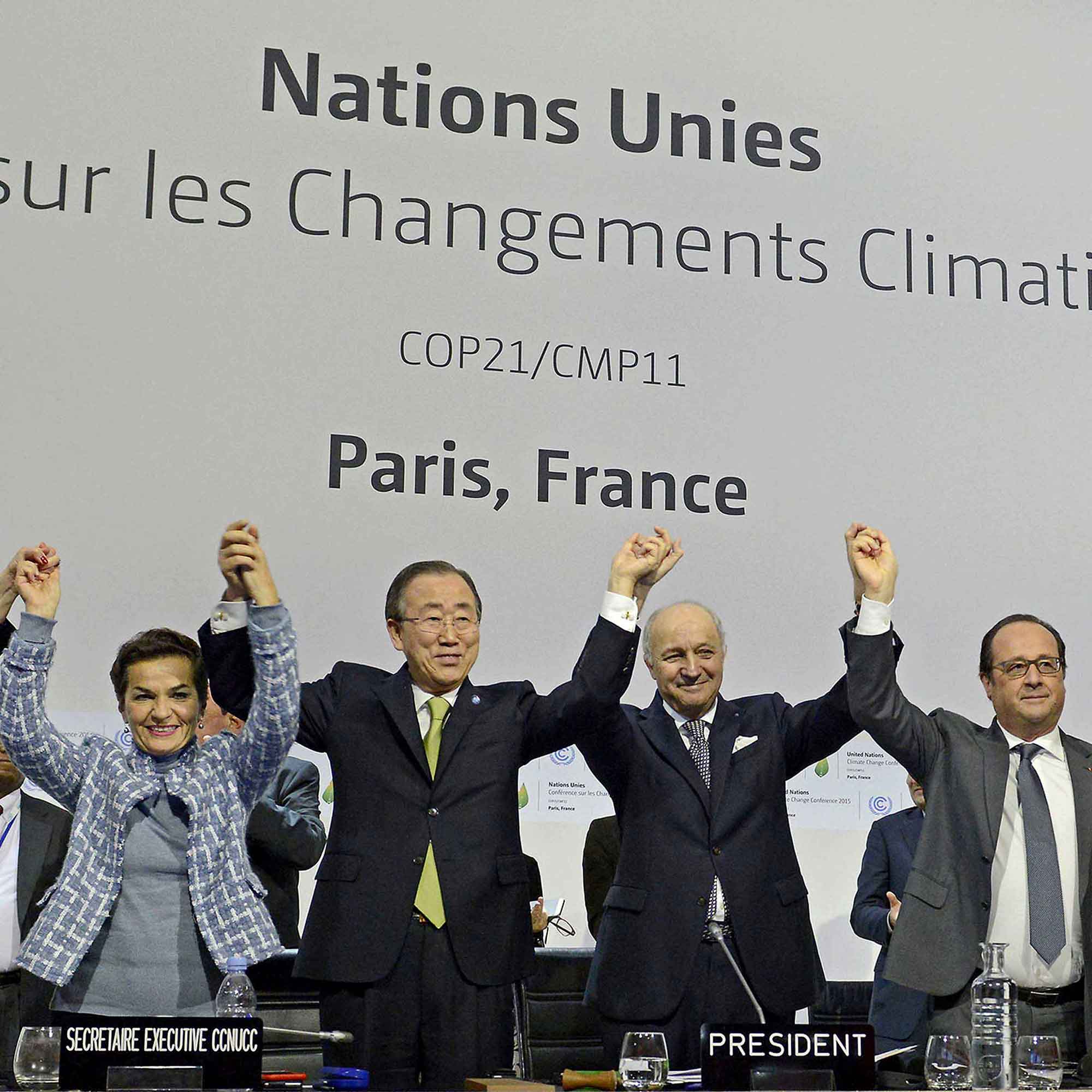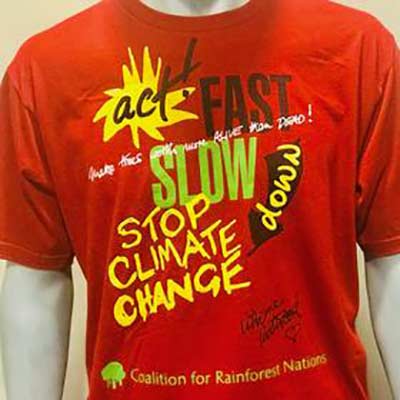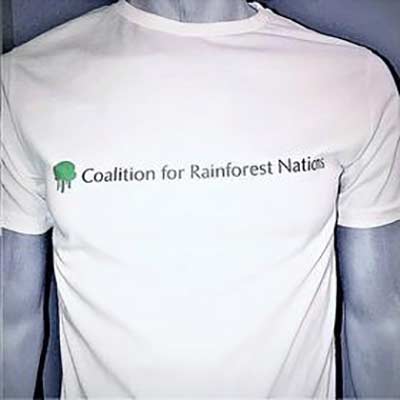Frequently Asked Questions
Frequently Asked Questions
Forecasts suggest that meeting the current target of limiting the rise in global temperatures to 1.5° will need deep and sustained emission reductions. Removals are also key to compensate for any remaining emissions that are hard-to-abate in the foreseeable timeframe.
As an official mechanism of the UNFCCC and the Paris Agreement, REDD+:
Supports sovereign carbon credits
According to Article 6.3 of the Paris Agreement, all ITMOs must be authorized by participating Parties. Thus, all REDD+ results and ITMOs are recognized by host a government.
Aids developing countries where it’s most needed
REDD+ finance is strategically invested in those sectors that need it the most, as prioritized and defined by host governments in their national REDD+ strategies and NDCs. Note that these strategies are subject to ample stakeholder consultation and safeguards.
Directly impacts the global carbon budget
REDD+ results and ITMOs are reported through biennial transparency reports (BTR) containing the country’s national GHG inventory, as well as through the required Article 6 reporting. Thus, REDD+ emissions reductions, removals and financial contributions directly impact the Paris Agreement’s recurring global stocktake which takes place every 5 years.
Emission reductions and removals can only be accounted for once
Under Article 6, host countries are required to “correspondingly adjust” for any ITMO transaction. This ensures that units are only used once, as registered in each country’s national registry, and noted in the centralized registry housed in the UNFCCC.
Helps countries leverage further climate ambition
Countries must update their NDCs every 5-year to increase ambition. Decreasing ambition is not allowed under the Paris Agreement (called no-backsliding). REDD+ finance helps countries achieve their NDCs and to finance additional climate action.
Is fully integrated with the 5-yr NDC belt-tightening
REDD+ finance helps countries achieve their NDCs. REDD+ results and ITMOs can be seamlessly integrated in national climate targets, following the appropriate carbon accounting provisions defined under the UNFCCC. This provides transparency and enhanced accounting.
Respect local law and regulations
By financing a national program directly, REDD+ finance complies with local law and regulations, ensuring that contributions are managed by the highest authority in the country – the national government. Note that REDD+ safeguards require the full and effective participation of all stakeholders, including local communities and Indigenous Peoples. National governments ensure this coordination and a distribution of benefits that is equitable and fair.
Is not subject to leakage
The COP requires that REDD+ measurement, reporting and verification is conducted at the national level. Subnational accounting is only allowed as interim measure. Most countries elected to account for their entire national territory, ensuring that there is no risk of leakage, i.e. displacement of emissions. This means that REDD+ finance is effectively reducing emissions and promoting removals at scale.
Is not subject to conflict of interest
REDD+ verifications of emissions reductions and removals are facilitated by the UNFCCC Secretariat and are conducted by certified international experts. These experts are not paid to conduct the verifications, it is part of the peer-review process established by the COP. Audits are not paid for by the host country nor the buyer. This ensures there is no conflict of interest.
The UNFCCC REDD+ framework evolved over 20 years through decisions from over 190 countries.
80 countries are actively involved in UNFCCC REDD+ framework either as rainforest nations or donors.
The term REDD+ is contentious for two reasons:
- Some people and organizations do not believe that a market-based mechanism should be used to conserve rainforests. These organizations include Greenpeace and the REDD+ Monitor. However, these organizations do not put forward alternative solutions. With the urgency of the climate crisis, we believe that a well-designed, performance-based, market-based approach with high environmental integrity and safeguards is the best solution we have.
- The purpose of REDD+ was to support national efforts to slow, stop, and reverse tropical deforestation under UNFCCC. While the term REDD+ is enshrined in Article 5.2 of the Paris Agreement, it was never patented by UNFCCC. That means that any forestry carbon project can use the name REDD+ without any methodological or legal connection to the Paris Agreement and UNFCCC. Since the 2000’s, the voluntary carbon markets, which operate outside the Paris Agreement, have monopolized the use of the term REDD+ and tarnished its reputation with a significant number of scandals.
Many people associate the term REDD+ with voluntary carbon projects, which cover small areas of rainforest. These projects are mostly hot air. They often operate without oversight and approval from host governments or with governments who are not active within UNFCCC REDD+. In 2023, the voluntary carbon markets were exposed internationally for lack of environmental integrity and financial irregularities. Multiple studies and media articles have covered the sector, including The Guardian, Science Journal, Bloomberg. Unfortunately, this has given the term REDD+ a negative connotation, despite these scandals being in no way connected to UNFCCC REDD+ framework
The UNFCCC is responsible for reviewing, auditing, and verifying a country’s performance to reduce emissions under UNFCCC REDD+. All government action and reporting are fully transparent on UNFCCC REDD+ hub. Based on successful conservation efforts, the UNFCCC verifies the emission reductions accomplishes which are called REDD+ results. Further information about UNFCCC REDD+ can be found on UNFCCC REDD+ hub
REDD+ is the most successful and largest emissions reduction program created to-date:
- Countries have generated 13.5 billion tons of independently verified emission reductions by UNFCCC. These results are posted to the UNFCCC REDD+ Info Hub
- 80 countries are actively involved in the system either as rainforest nations or donor countries
REDD+ Results are measured in metric tonnes of carbon dioxide equivalent or greenhouse gas emissions reductions. They are generated at national level from activities to preserve and protect forests. The REDD+ mechanism is used to measure, report, and verify these emissions reductions.

